

Imagine landscapes dotted with panels, turbines, flowing water, or even fields of energy crops. These large-scale installations harness the power of nature to generate electricity using resources that renew themselves continually. Together, these sites mark one of the most significant innovations of the modern age: the development of massive farms designed explicitly to capture energy from sunlight, wind, moving water, and organic materials. The core concept behind these operations is to produce electric power, not by consuming fossil fuels, but by utilizing naturally replenishing sources — dramatically reducing emissions and offering cleaner alternatives for communities and industries worldwide.
The flexibility and reach of these energy farms is remarkable. They range from thousands of solar panels tracking the sun across silent fields to wind turbines aligning with the breeze along sweeping coastlines. Some use flowing water to spin huge turbines or convert agricultural waste into fuel. The shared goal across all these farms is simple: reliably deliver renewable electricity at scale. Over the years, they have become essential contributors to global energy grids, showing how diverse resources can feed the world’s soaring appetite for power — with less environmental impact.
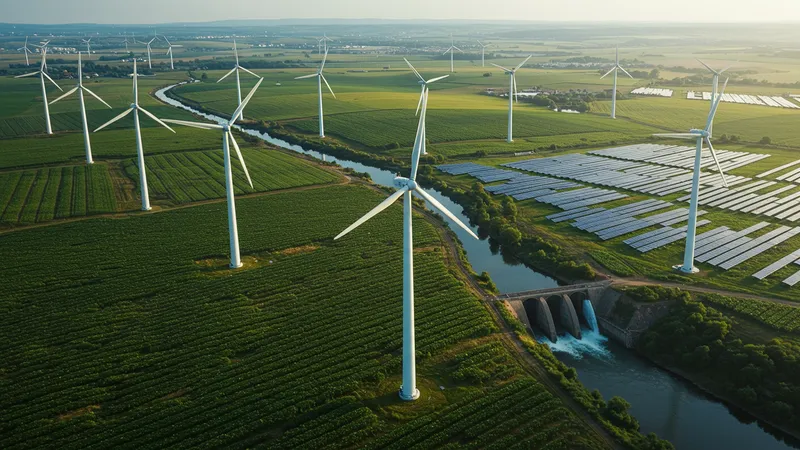
Each of these renewable installations operates at a scale rivaling or even surpassing traditional power plants. For instance, the Tengger Desert Solar Park spans over 43 square kilometers — an area large enough to be seen from space. Meanwhile, Gansu's wind complex demonstrates how a single region can transform wind currents into a core pillar of its electricity supply. Hydroelectric and biomass stations have additionally adapted established energy infrastructure to tap into the promise of renewable feedstocks, providing lessons for both new development and historic retrofits.
The environmental gains from these installations are noteworthy. Large-scale solar parks and wind farms can reduce annual carbon dioxide emissions by millions of tons compared to coal-powered facilities of similar output. Hydropower and biomass also contribute by using water cycles and waste products, further supporting net-zero ambitions. Interestingly, ongoing research hints that pairing different sources — like solar panels with wind turbines — can enhance grid reliability and efficiency by smoothing out fluctuations from each technology.
Yet challenges remain when it comes to land use, transmission connections, and community integration. Developers must balance the need for vast open spaces with considerations for agriculture, conservation, and local support. The future likely includes smarter site selection, partnerships with farmers, and innovative use of existing infrastructure to minimize both costs and impacts. Biomass projects in particular are evolving, seeking sustainable sources without putting pressure on food supplies or forests.
Globally, energy generated by these renewable farms is growing quickly. Many countries report that clean sources now account for over a quarter of their grid supply, with some surpassing 50%. The pace is accelerating, thanks in part to plummeting costs for solar panels and wind turbines, as well as policies supporting clean investment. Yet the journey from pilot project to grid-dominating powerhouse is complex — and the most revealing lessons are just beginning to emerge. The deeper details reveal even more valuable insights ahead…
Solar, wind, hydroelectric, and biomass farms each bring unique strengths to the global energy landscape. Solar installations, exemplified by Tengger Desert Solar Park, are well-suited for regions with ample sunlight and minimal cloud cover. They offer modular scalability, allowing operators to expand capacity as technology improves or demand grows. Performance is generally highest in arid or semi-arid locations with stable weather patterns.
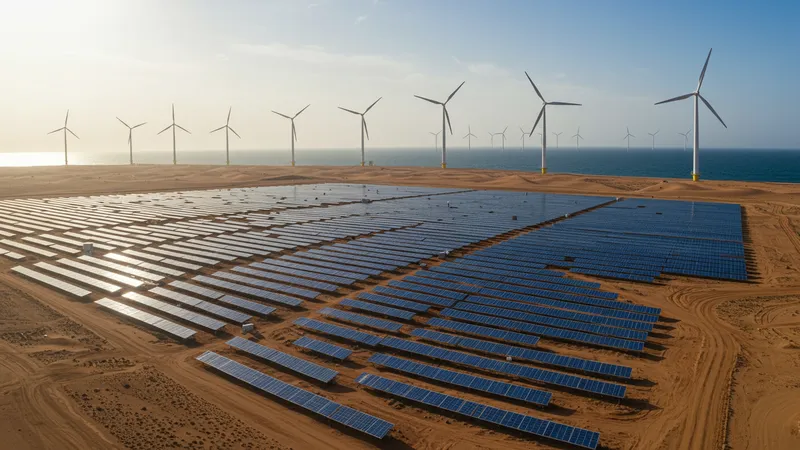
Wind farms, such as the Gansu Wind Farm, thrive in countries with vast open spaces and predictable wind profiles. Offshore wind farms are increasingly popular, tapping into stronger and more consistent ocean breezes. Their biggest advantage lies in nighttime generation, which complements solar by filling in overall grid supply during non-daylight hours. Performance metrics include capacity factor and turbine efficiency, which can be monitored in real-time thanks to digital controls.
Hydroelectric facilities, like the Robert-Bourassa Generating Station, capitalize on gravitational energy from water flow. They remain among the most stable and long-lived renewable options. In addition to producing base-load electricity, some hydro stations are optimized for rapid response, helping support grid stability during sudden demand shifts. Water management and environmental stewardship are central to their continued success.
Biomass power stations, such as the Drax Power Station, “close the loop” by converting waste from agriculture or forestry into electricity. When sourced sustainably, these systems can operate continuously, with the added benefit of supporting rural economies. Harvesting and transporting raw materials, controlling emissions, and certifying feedstocks for sustainability remain vital considerations for maximizing both performance and long-term viability. The interplay of various farm types can hold the key to energy grids that are both resilient and low-carbon.
Rapid technological upgrade cycles are transforming the operating landscape for large-scale renewables. Solar farms now employ bifacial panels that capture sunlight from both sides, significantly boosting output. Advanced tracking systems adjust angles in real time, ensuring maximum exposure as the sun moves through the sky. Utility-scale battery storage integration is becoming more common, enabling these farms to smooth out intermittent production and deliver power when needed most.
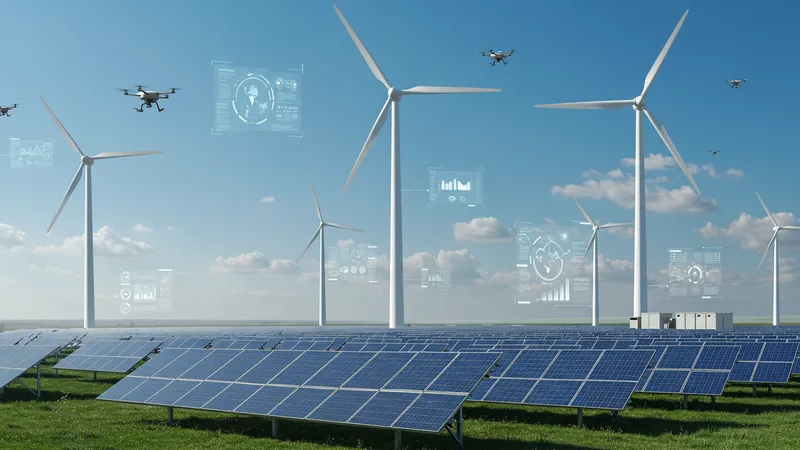
Modern wind farms rely on smarter turbine designs with longer blades and lighter materials, pushing the boundaries of efficiency. Predictive analytics use real-time weather and performance data to adjust turbine operations for optimal results. Maintenance teams can now leverage drones and AI-driven monitoring platforms to anticipate equipment issues, lowering downtime and operational expenses.
Hydropower projects are experimenting with upgrades like fish-friendly turbines and low-impact designs to better harmonize energy production with ecological needs. Digital dam management uses sensors and automation to fine-tune water flows, maximizing generation without compromising reservoir integrity. These advancements are crucial for extending the lifespan of older plants and minimizing disruptions to aquatic environments.
For biomass, next-generation gasification and combustion techniques promise cleaner energy with fewer emissions. Innovations in logistics—such as advanced feedstock tracking and compact storage systems—improve overall efficiency. As research into algae and other rapidly replenishing bio-resources intensifies, the potential for continuous, high-output biomass generation will likely increase.
One of the prime reasons behind the global embrace of renewables is their capacity to deliver economic and environmental benefits simultaneously. On the economic front, solar, wind, hydro, and biomass farms have created a wide range of technical, research, and maintenance roles, all centered around sustainable infrastructure. Communities often benefit from local investment, improved resilience, and sometimes even direct power offsets.
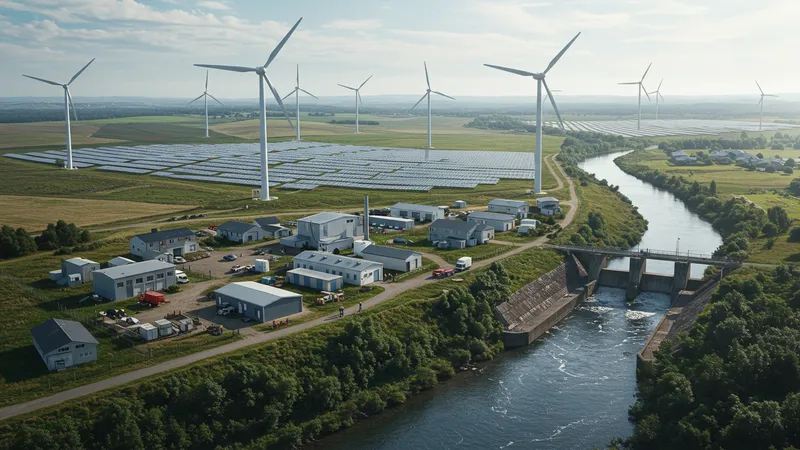
Stable, long-term contracts with grid operators and utilities typically underpin renewable project financing. This predictability helps attract investment and reduces price volatility for consumers. As technology has advanced, the cost of renewable electricity—especially from solar and wind—has plummeted dramatically, in many cases rivaling or undercutting fossil-fuel-derived power. Hydropower and biomass projects, while more complex, commonly deliver reliable base-load supply and economic activity in rural regions.
From an ecological standpoint, renewables are key to slashing greenhouse gas emissions, improving air quality, and protecting landscapes from the effects of extraction. A solar or wind farm generates electricity without emitting carbon dioxide during operation. Hydroelectric and biomass facilities, when responsibly managed, offer similar benefits with the added value of supporting water regulation and recycling organic waste materials.
The convergence of economic upside and environmental stewardship is turning the global energy transition into a powerful force for long-term prosperity. Governments, utilities, and companies continue to set ambitious targets for expanding renewable capacity, driven not only by environmental mandates, but by clear business and societal value. The ongoing integration of renewables is showing every sign of accelerating as these benefits intersect.
The long-term trajectory of renewable energy farms involves increasing integration into national and regional electricity systems. As investment continues to pour into advanced transmission networks, energy generated in remote solar fields or wind farms can more effectively reach urban centers and industrial zones. Future success will depend on coordinated planning that considers land use, wildlife, and the existing mix of generation technologies.
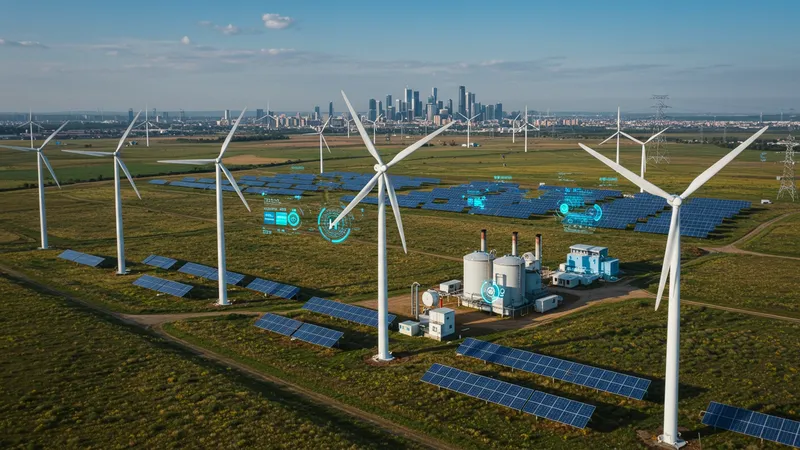
Hybrid models are emerging, where multiple renewable sources are combined at a single site to provide more consistent and resilient supply. For example, pairing solar and wind in the same geographic region can smooth energy delivery and reduce reliance on storage or backup fossil plants. Battery storage and grid-scale hydrogen production are also set to play larger roles, further enhancing flexibility.
Policy frameworks and incentive structures are continuously evolving to remove barriers and encourage responsible expansion. The most effective programs balance community engagement, environmental protection, and energy needs. International collaboration is fostering knowledge transfer, helping replicate best practices and avoid common deployment pitfalls as regions seek to scale up their clean energy footprints.
Looking forward, renewable energy farms stand at the intersection of technology, policy, and community vision. Their continued evolution promises not only lower emissions and cleaner air, but also enhanced energy security and economic opportunities for generations to come. With innovation accelerating, the global landscape of renewable power is poised for profound and enduring change.